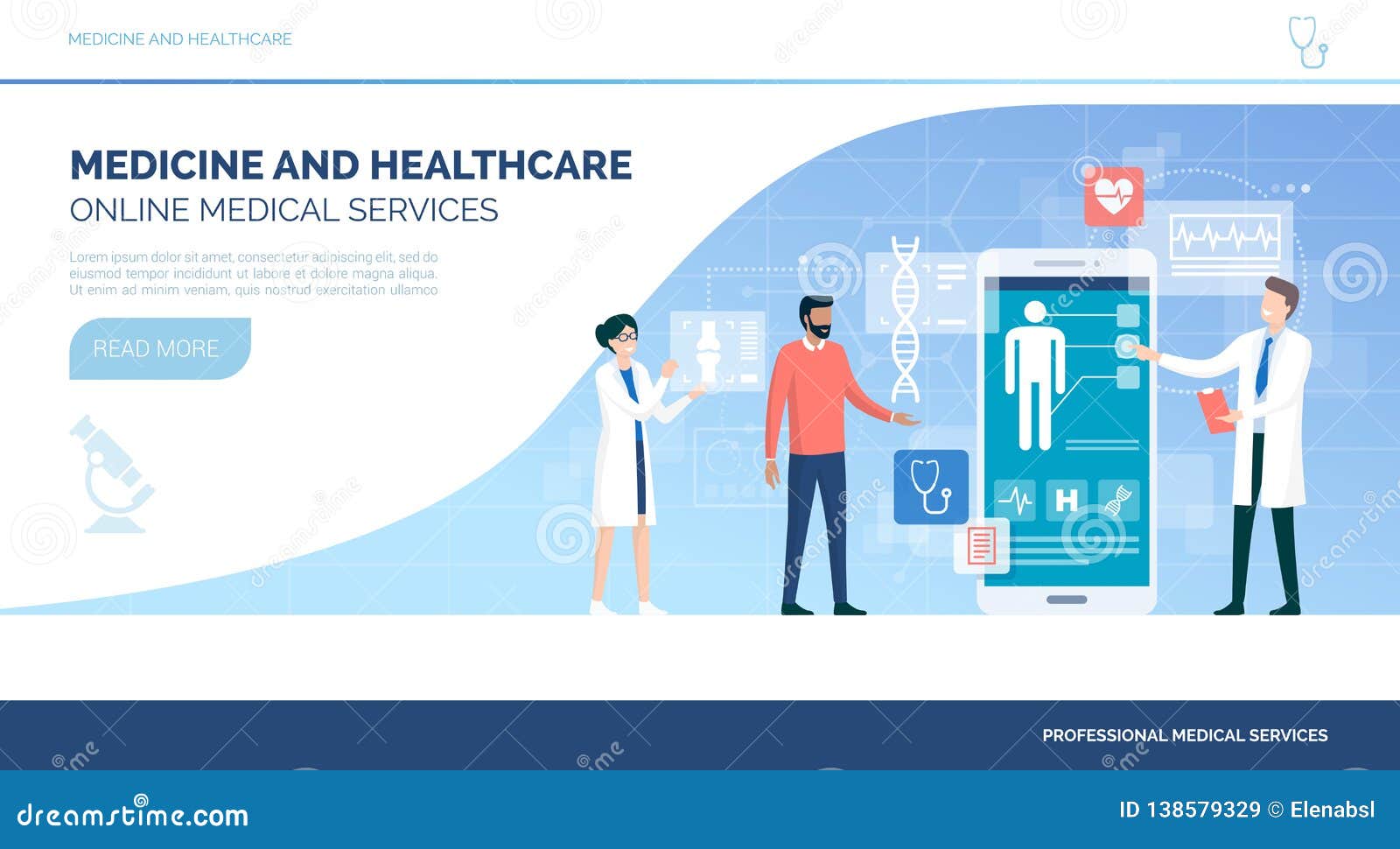The Effect of Subscription Based Healthcare on Standard Clinical Practices
Wiki Article
Just How Subscription-Based Healthcare Is Revolutionizing the Medical Industry

The Surge of Membership Medical Care
In current years, the medical care industry has actually observed a significant shift towards subscription-based models, showing broader consumer patterns favoring convenience and predictability. This transformation is driven by the increasing demand for more obtainable and individualized care remedies. Registration healthcare, in some cases referred to as concierge medication or direct main care, offers clients a set regular monthly fee for a series of medical services, substantially altering conventional fee-for-service versions.The increase of membership health care is facilitated by innovations in innovation, which allow streamlined communication between individuals and service providers - subscription based healthcare. Digital platforms and telehealth services have actually become indispensable, using clients the ability to arrange visits, accessibility medical records, and get assessments online. This technological combination not just improves individual engagement however likewise allows companies to deliver more reliable treatment
In addition, the subscription model aligns with the evolving expectations of people that look for even more control over their health care expenditures and experiences. By removing the unpredictability of co-pays and insurance coverage claims, subscription-based healthcare provides a clear and uncomplicated approach. While this model is gaining traction, its expansion deals with challenges such as governing hurdles and the necessity for more comprehensive approval within the traditional healthcare environment. Its expanding presence notes a critical minute in the advancement of medical care distribution.
Advantages for Companies and clients
Subscription-based health care offers a multitude of benefits for both patients and suppliers, improving the dynamics of treatment. For people, this model provides enhanced access to health care services. With a foreseeable monthly cost, individuals can take pleasure in unrestricted examinations, reduced delay times, and customized care. This plan typically brings about an extra positive method to health monitoring, enabling for timely treatments that can prevent chronic conditions from rising. The economic openness of membership models minimizes the unpredictability associated with traditional fee-for-service invoicing, minimizing the worry of unforeseen clinical costs.For medical care service providers, subscription-based designs foster an even more lasting and satisfying method. Administrative jobs are frequently structured, lowering above costs and allowing service providers to devote more time to patient interaction. On the whole, subscription-based healthcare lines up the rewards of carriers and patients, advertising a more patient-centered and efficient medical care distribution system.
Key Functions of the Model
Often, the crucial attributes of the subscription-based medical care design emphasize its unique strategy to providing clinical solutions. Central to this version is the idea of predictable, regular monthly payments, offering clients an extensive series of solutions without the changability of standard fee-for-service frameworks. This design typically consists of limitless access to primary treatment solutions, preventative treatment, and routine exams, making certain that clients can engage with their health care providers proactively instead of reactively.
Additionally, straight communication networks, such as telemedicine and messaging systems, are stressed, enabling individuals to get timely advice and appointments without needing in-person consultations. This boosts access and convenience, particularly for individuals with flexibility constraints or those staying in remote locations. The model additionally cultivates stronger doctor-patient partnerships, as medical care providers are incentivized to concentrate on long-lasting health results instead of short-term brows through.
In addition, subscription-based healthcare typically integrates technological developments, such as electronic wellness documents and wellness tracking apps, to offer effective and personalized care. Individuals gain from worked with and continuous care administration, which is customized to their specific health and wellness requirements. Inevitably, these functions collectively develop a patient-centered medical care experience, prioritizing ease of access, cost transparency, and precautionary care.

Factors To Consider and challenges
While browse this site the subscription-based health care version offers many advantages, it is not without its difficulties and considerations. One substantial obstacle is making certain fair gain access to. Registration designs may accidentally favor those with higher socioeconomic condition, potentially expanding disparities in medical care click for more access for lower-income people who might deal with month-to-month charges. This increases moral issues regarding inclusivity and equity in medical care delivery.Another difficulty hinges on regulatory conformity. Subscription-based health care needs to navigate an intricate internet of regulations that differ by region, consisting of problems around client confidentiality, data security, and state licensing demands. Guaranteeing compliance without hindering the model's adaptability and advancement can be discouraging for service providers.
Furthermore, there is the risk of overutilization or underutilization of solutions. Patients paying a taken care of charge may overuse solutions, leading to raised operational costs, while others could underutilize due to be afraid of burdening the system, possibly ignoring necessary treatment.
Future Prospects and Innovations
The landscape of subscription-based medical care is positioned for transformation with arising advancements and advancing potential customers. As technology remains to development, the view publisher site integration of synthetic knowledge and device understanding provides substantial possibilities to boost diagnostic accuracy and enhance individual management. Anticipating analytics can change precautionary treatment by recognizing possible health dangers before they materialize, therefore decreasing both costs and the concern on healthcare systems.In addition, telemedicine is set to broaden within membership versions, offering people raised access to healthcare experts no matter geographical restrictions. This not only assists in continuity of care but also empowers individuals to engage more actively in their wellness monitoring. In addition, blockchain modern technology uses possible in safeguarding client information and making certain interoperability throughout platforms, cultivating trust and transparency.
The growth of tailored medicine is one more frontier, with registration designs giving a distinct structure for supplying tailored health and wellness remedies. Genetic screening and tailored treatment plans can be effortlessly incorporated, aligning individual requires with specific medical interventions. Partnerships in between technology firms and healthcare companies are most likely to produce cutting-edge remedies, boosting person experiences and outcomes. As these prospects materialize, subscription-based healthcare has the potential to redefine how care is delivered and accessed.
Verdict
Subscription-based health care is changing the medical sector by providing an extra available, foreseeable, and patient-centered approach to clinical solutions. Despite obstacles such as regulatory obstacles and potential variations in accessibility, the subscription design holds promise for a much more tailored and efficient healthcare experience.Membership medical care, sometimes referred to as concierge medication or straight primary care, uses individuals a fixed monthly charge for an array of medical services, dramatically altering traditional fee-for-service designs.
In addition, the subscription model aligns with the progressing assumptions of people that look for even more control over their healthcare expenses and experiences. For clients, this design supplies improved accessibility to health care solutions. Generally, subscription-based medical care straightens the motivations of carriers and people, advertising an extra reliable and patient-centered health care shipment system.
Additionally, telemedicine is set to broaden within subscription models, offering clients boosted access to health care professionals regardless of geographical restraints. - subscription based healthcare
Report this wiki page